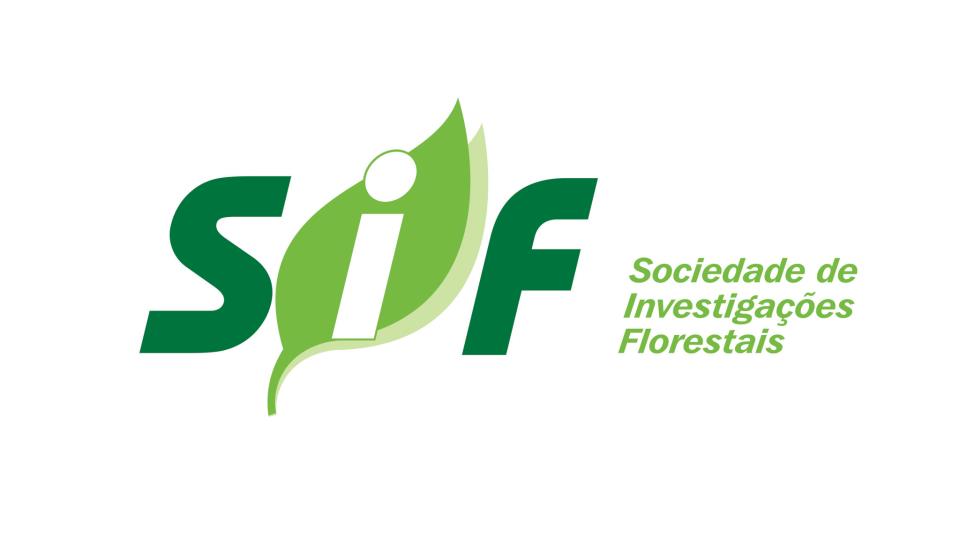Biblioteca Florestal
Digital
Digital
Resgate de mudas de Lychnophora pohlii como alternativa para recuperação e conservação de campo rupestre

JavaScript is disabled for your browser. Some features of this site may not work without it.
| dc.contributor.author | Silva, Nathália Ferreira e | |
| dc.contributor.author | Pereira, Israel Marinho | |
| dc.contributor.author | Titon, Miranda | |
| dc.contributor.author | Oliveira, Márcio Leles Romarco de | |
| dc.contributor.author | Laia, Marcelo Luiz | |
| dc.contributor.author | Araújo, Luana Cristielle | |
| dc.date.accessioned | 2015-12-11T12:07:12Z | |
| dc.date.available | 2015-12-11T12:07:12Z | |
| dc.date.issued | 2015-07 | |
| dc.identifier.citation | SILVA, N. F. et al. Resgate de mudas de Lychnophora pohlii como alternativa para recuperação e conservação de campo rupestre. Floresta, Curitiba, v. 45, n. 3, p. 645-654, jul./set. 2015. | pt_BR |
| dc.identifier.issn | 1982-4688 | |
| dc.identifier.uri | http://www.bibliotecaflorestal.ufv.br:80/handle/123456789/16378 | |
| dc.description.abstract | O objetivo deste trabalho foi avaliar o efeito do tamanho da planta resgatada e dos níveis de redução foliar na sobrevivência, crescimento e emissão de folhas em mudas de arnica obtidas via resgate em um remanescente de campo rupestre. Foram resgatados 240 indivíduos, os quais foram divididos em duas classes de altura (Classe I – 2,5 a 20 cm e Classe II – 25 a 55 cm) e submetidos a três intensidades de redução foliar (0%, 50% e 100%). As medições de altura, diâmetro e emissão de novas folhas foram realizadas em nove tempos (0, 15, 30, 45, 60, 75, 90, 105 e 120 dias) e a avaliação da sobrevivência aos 120 dias. A taxa média de sobrevivência foi de 49,2%, sendo maior na Classe I e não apresentando diferença estatística quanto aos três tipos de redução foliar. A emissão de folhas foi maior nos indivíduos que sofreram redução foliar, observando-se uma diminuição ao longo do tempo, ao contrário das mudas com 0% de redução, que tiveram um crescimento linear. Portanto, é aconselhável que o resgate de mudas de arnica seja realizado para plantas com tamanho entre 2,5 e 20 cm, sem necessidade de redução foliar. | pt_BR |
| dc.description.abstract | The objective of this research was to evaluate the effect of rescued plant size and levels of reduction in leaf survival, growth, and insertion of leaves in seedlings of Arnica obtained via salvage in a remnant of Campo Rupestre. We rescued 240 individuals and these were divided into two classes’ height (Class I - 2.5 to 20 cm and Class II - 25 - 55 cm) and subjected to three levels of reduction leaf (0%, 50% and 100%). The measurements of height and diameter and new leaves emission were collected at nine times (0, 15, 30, 45, 60, 75, 90, 105 and 120), and evaluation of survival at 120 days. The average survival rate was 49.2%, higher in Class I and had no significant difference regarding the three types of leaf reduction. The emission sheet was higher in subjects experiencing a leaf reduction observing a decrease over time, unlike the seedling with 0% reduction, which increased linearly. Therefore, it is advisable a size between 2.5 and 20 cm for the rescue of arnica seedling plant, without leaf reduction. | pt_BR |
| dc.format | 10 páginas | pt_BR |
| dc.language.iso | pt_BR | pt_BR |
| dc.publisher | Fundação de Pesquisas Florestais do Paraná | pt_BR |
| dc.relation.ispartofseries | Floresta:v.45,n.3; | |
| dc.subject.classification | Ciências Florestais::Meio ambiente::Ecologia e ecossistemas florestais | pt_BR |
| dc.subject.classification | Ciências Florestais::Meio ambiente::Recuperação de áreas degradadas | pt_BR |
| dc.title | Resgate de mudas de Lychnophora pohlii como alternativa para recuperação e conservação de campo rupestre | pt_BR |
| dc.title | Evaluation of the arnica plant rescue as an alternative to conservation and restoration of campo rupestre ecosystems | pt_BR |
| dc.type | Artigo | pt_BR |
Arquivos deste item
| Arquivos | Tamanho | Formato | Visualização | |
|---|---|---|---|---|
| Revista_Floresta_v45_n3_p645-654_2015.pdf | 493.4Kb |

|
Visualizar/ |
|





